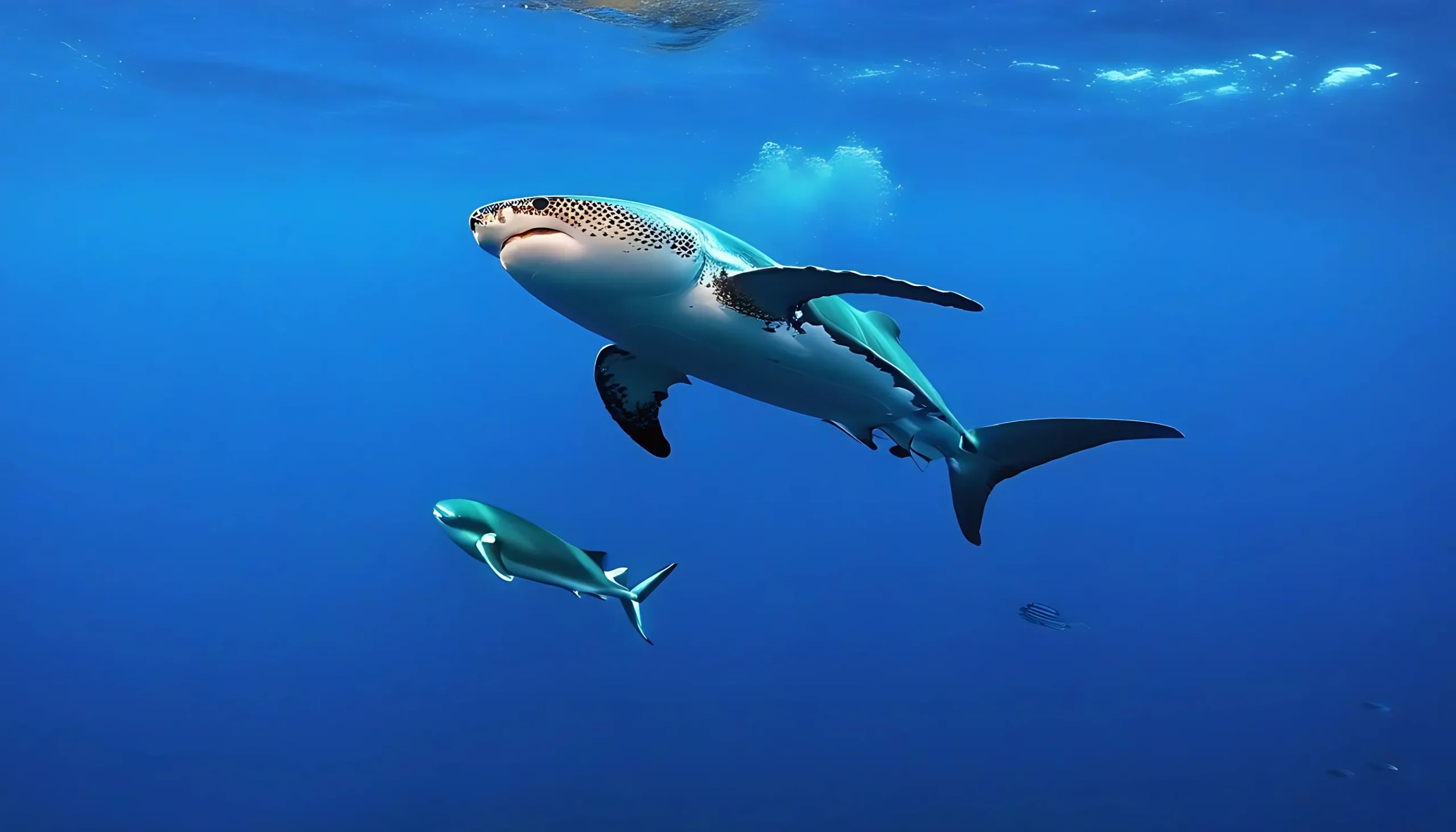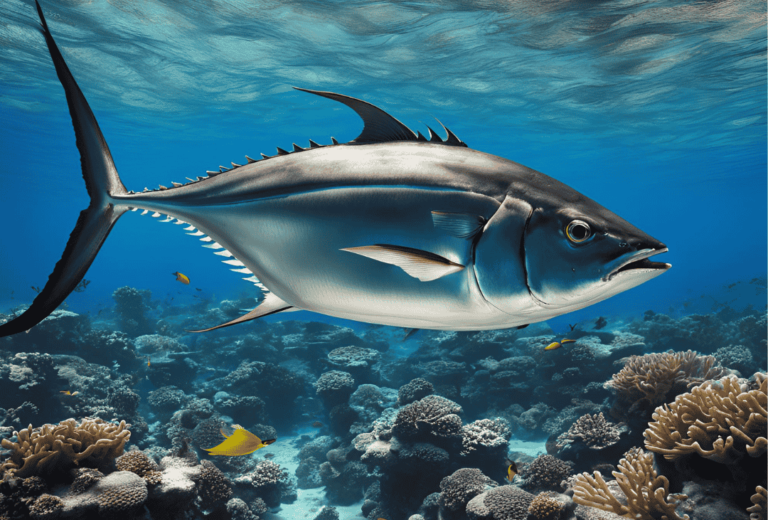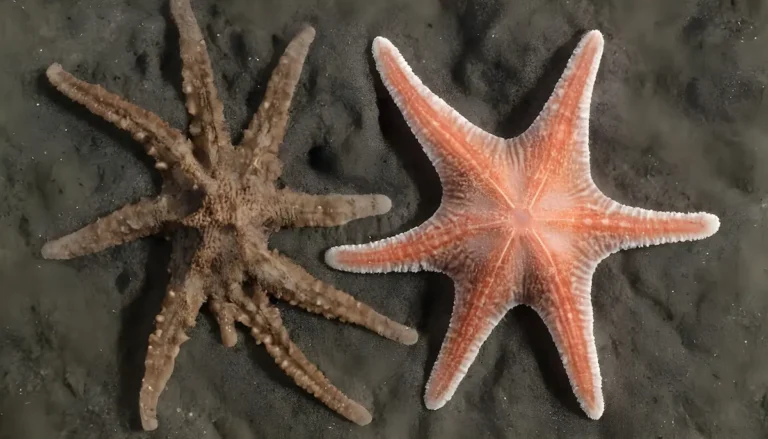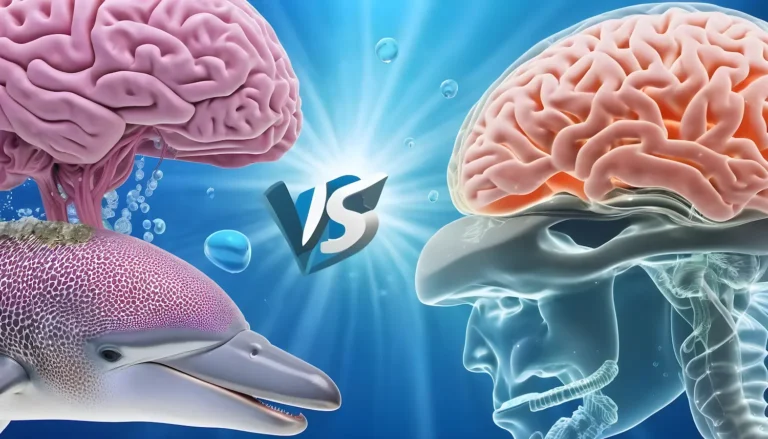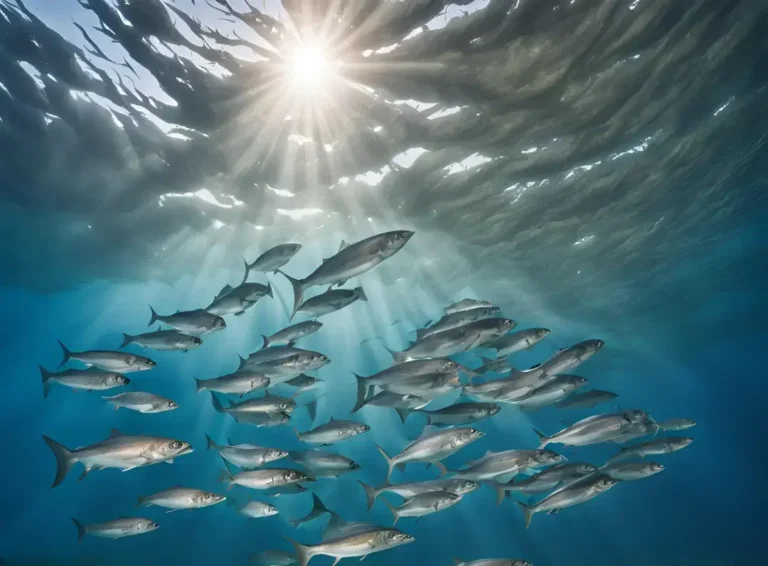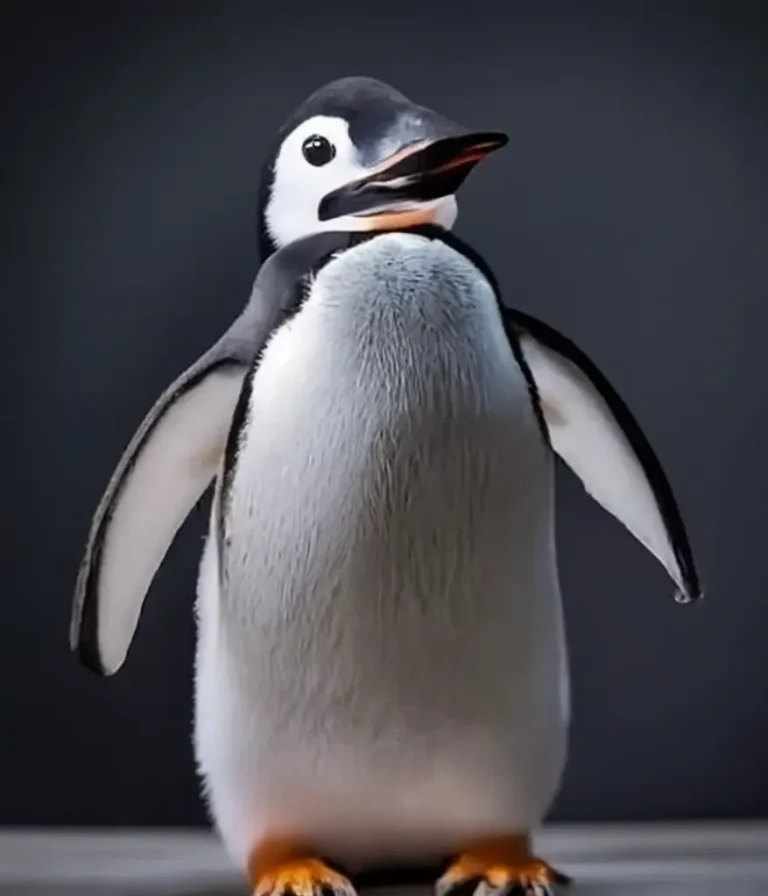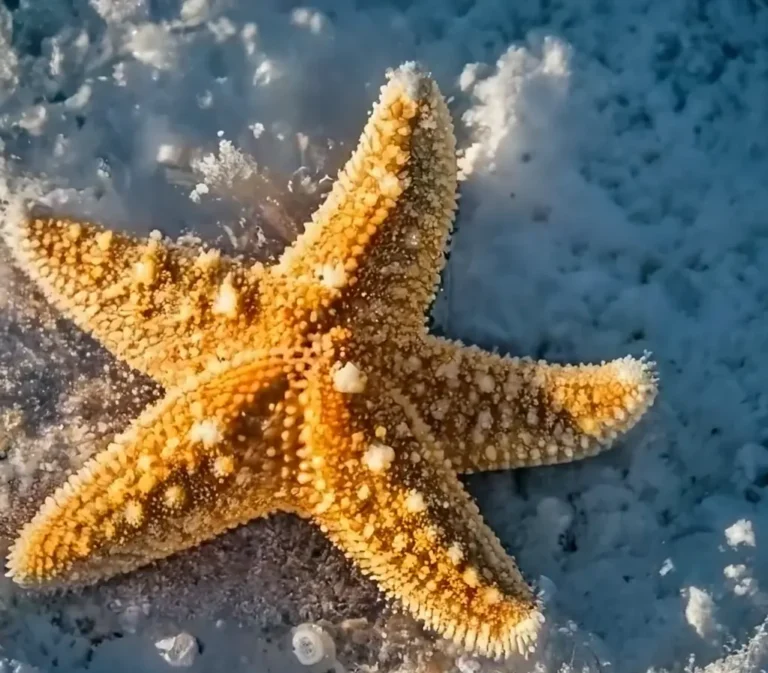Science and Marine Biology
Oceans cover 71% of the earth, and affect climate and weather patterns that in turn impact the terrestrial environments. They are important for transportation and food, but we know more about the moon’s surface than the deepest oceans!
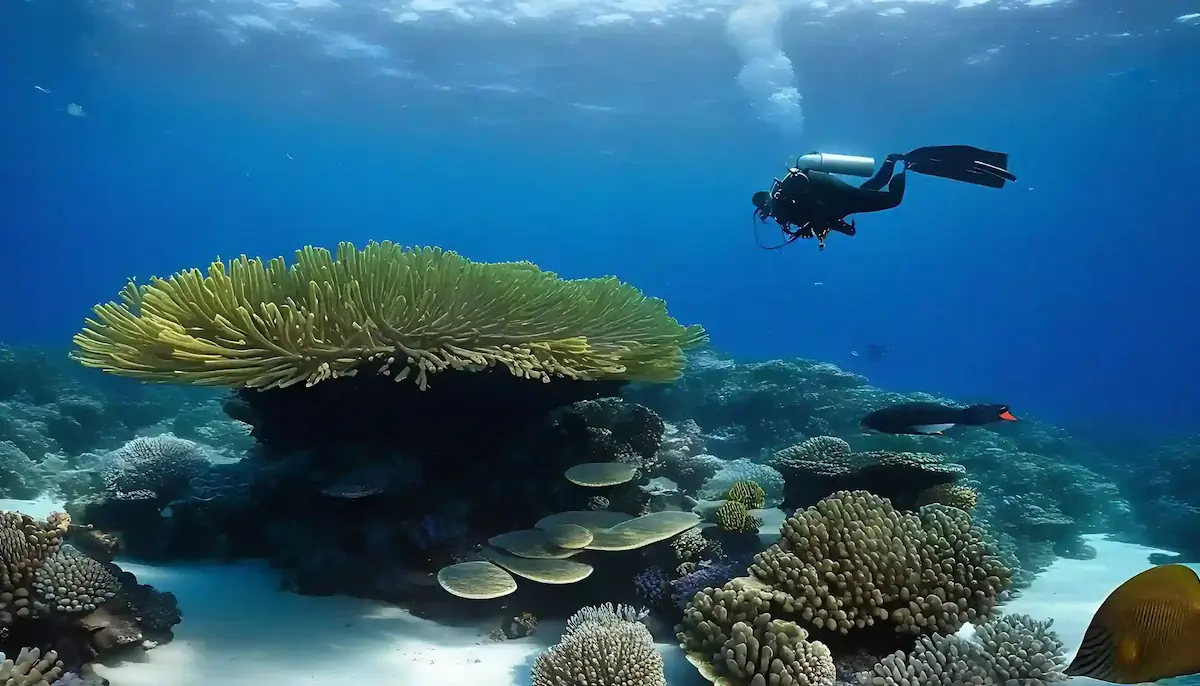
Oceanography is the study of the oceans and their phenomena and involves sciences such
as biology, chemistry, physics, geology, meteorology. Marine biology studies ocean creatures and their interactions.
Brief History of Marine Biology
Marine biology is a younger science than terrestrial biology as early scientists were limited in their study of aquatic organisms by lack of technology to observe and sample them.
The Greek philosopher Aristotle was one of the firsts to design a classification scheme for living organisms, which he called “the ladder of life” and in which he described 500 species, several of which were marine. He also studied fish gills and cuttlefish.
The Roman naturalist Pliny the Elder authored a 37-volume work titled Natural History, which documented numerous marine species.
Very little natural history research was done in the Middle Ages. Interest in the marine environment was revived in the late 18th and early 19th centuries due to advancements in ships and navigation. In 1831, Darwin sailed on the HMS Beagle for 5 years, observing organisms that later influenced his theory of evolution by natural selection.






Darwin also developed a hypothesis on the formation of atolls, which turned out to be correct. In the early 19th century, the English naturalist Edward Forbes suggested that no life could survive in the cold, dark ocean depths beyond 500m deep.
There was scant evidence for this claim, and he was proven wrong when telegraph cables were recovered from depths of over 1.7 km, with unknown life-forms flourishing on them. In 1877, American Alexander Agassiz collected and cataloged marine animals at depths of up to 4,240 m.
He researched their coloration patterns and speculated about the absorption of various wavelengths at depth. He also observed parallels between deep-sea organisms on the east and west coast of Central America and proposed that the Pacific and Caribbean were formerly linked.
Modern marine science is generally considered to have started with the HMS Challenger
expedition, led by the British Admiralty between 1872 and 1876. During a circumnavigation that lasted 3.5 years, the Challenger sailed on the world’s oceans taking samples in various locations.
The data gathered filled 50 volumes and required 20 years to document. Samples from the Challenger expedition resulted in the discovery of over 4,700 new species, many from significant depths. Charles Wyville Thomson, the lead scientist, gathered plankton samples for the inaugural time.
The Challenger Expedition began modern marine biology and oceanography and remains the longest oceanography expedition to date. However, advances in technology have made it easier and more effective to sample organisms and quantify things accurately.
Scuba diving and submersibles are used to directly observe and sample marine life; remote sampling can be done with nets, bottles, and grabs from research vessels, and satellites are extensively used for remote sensing.
